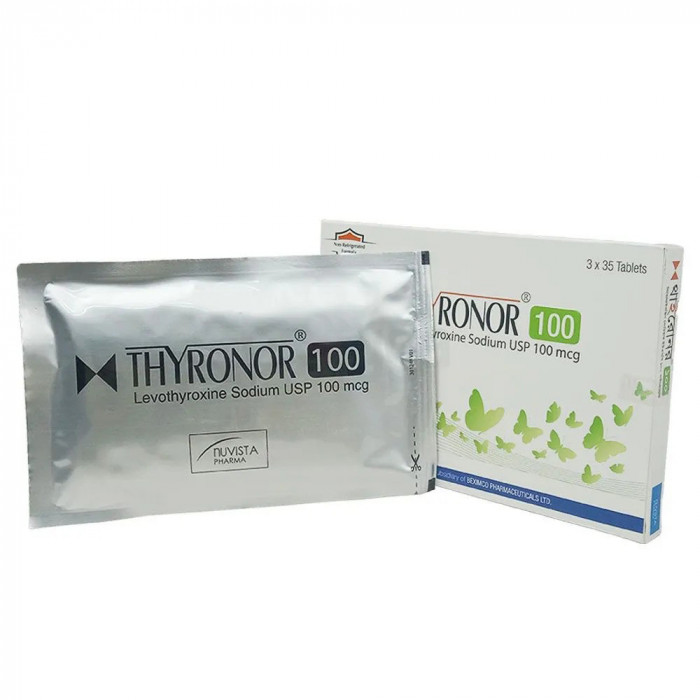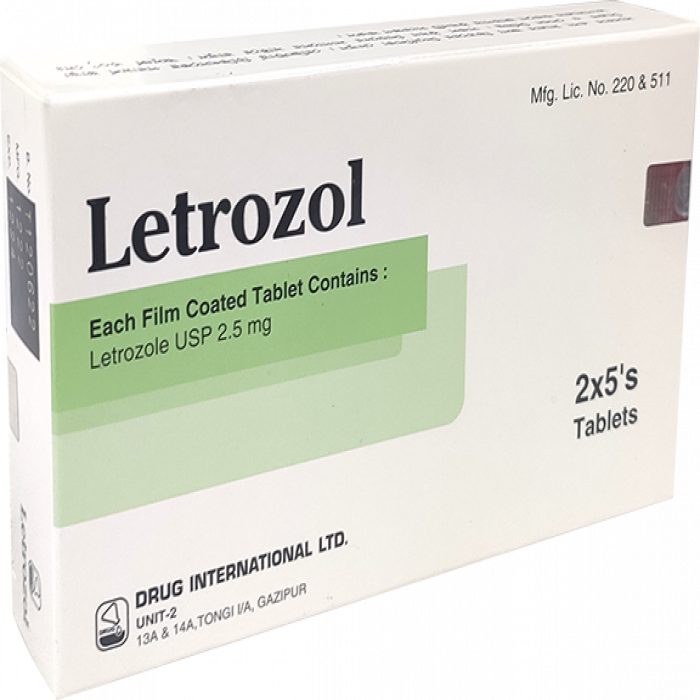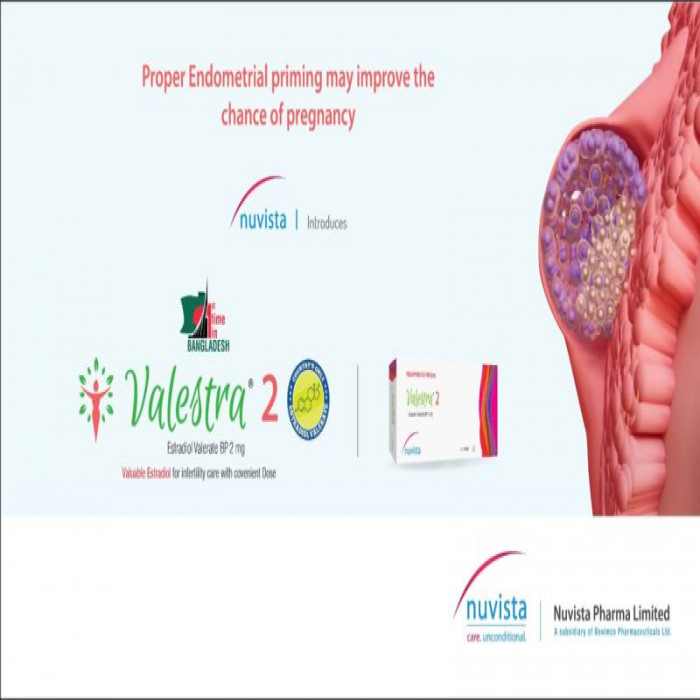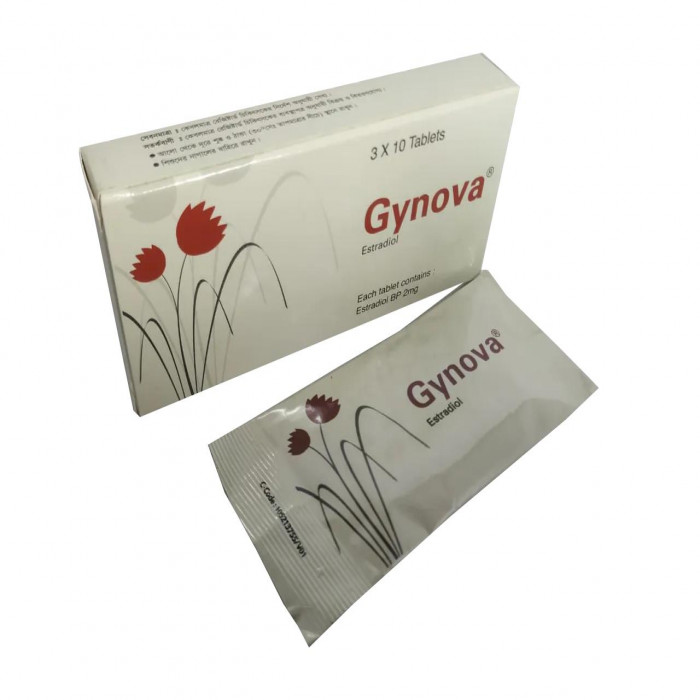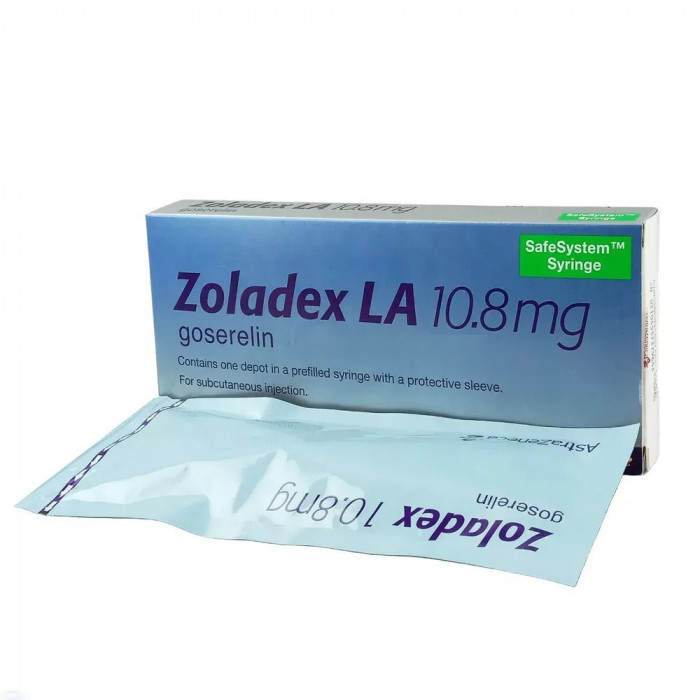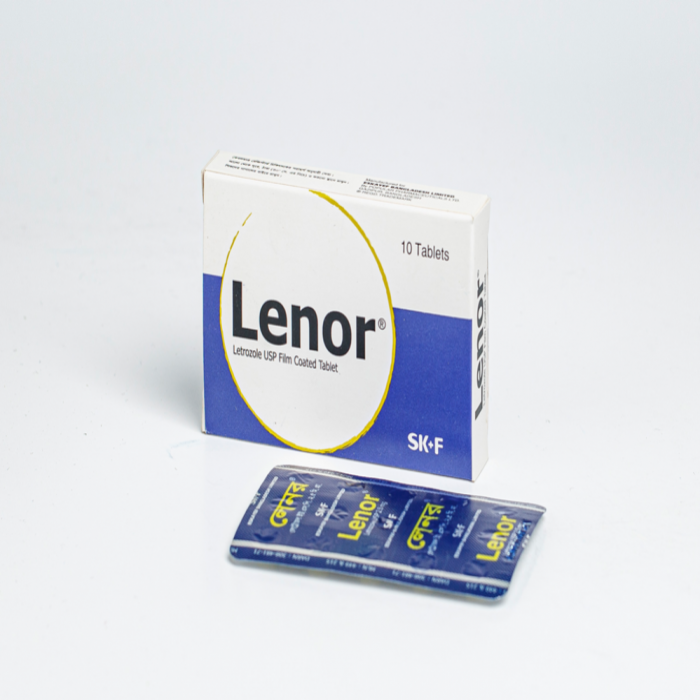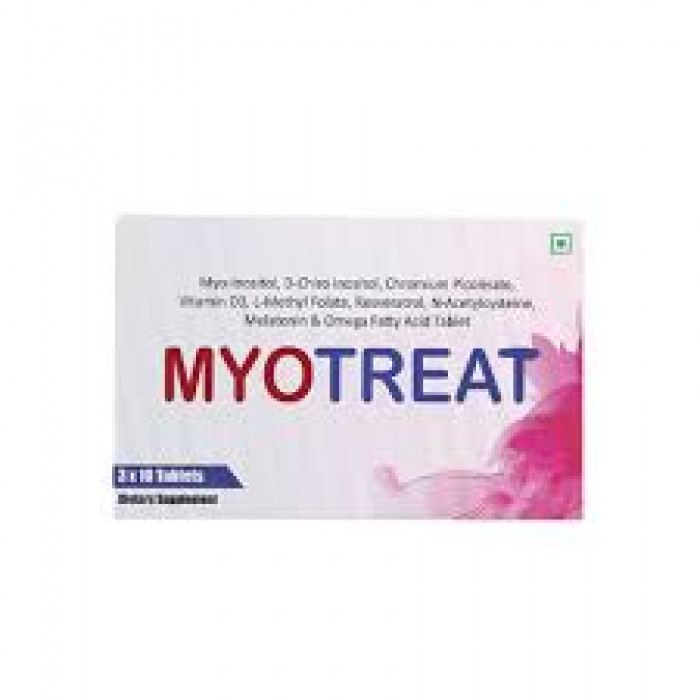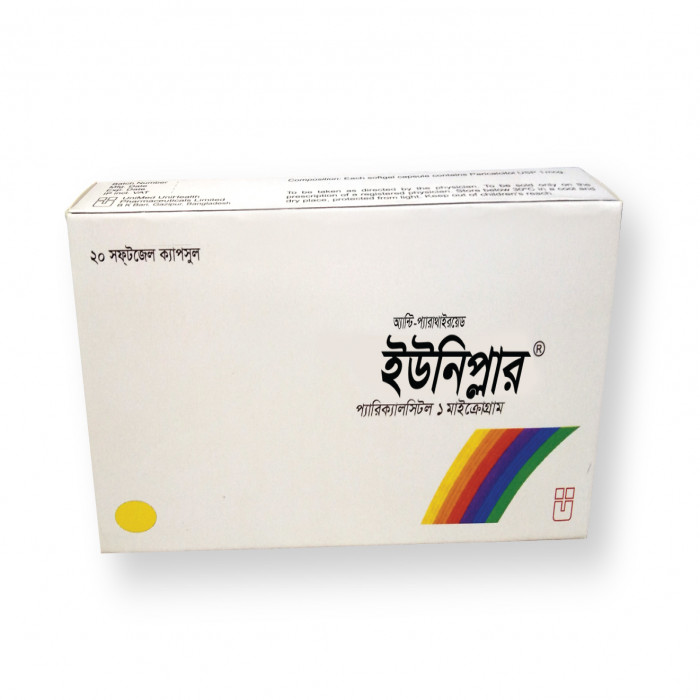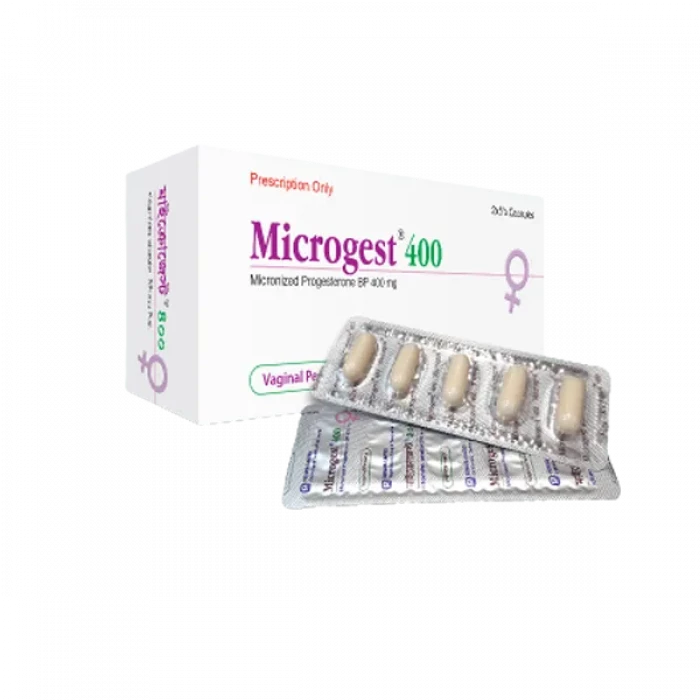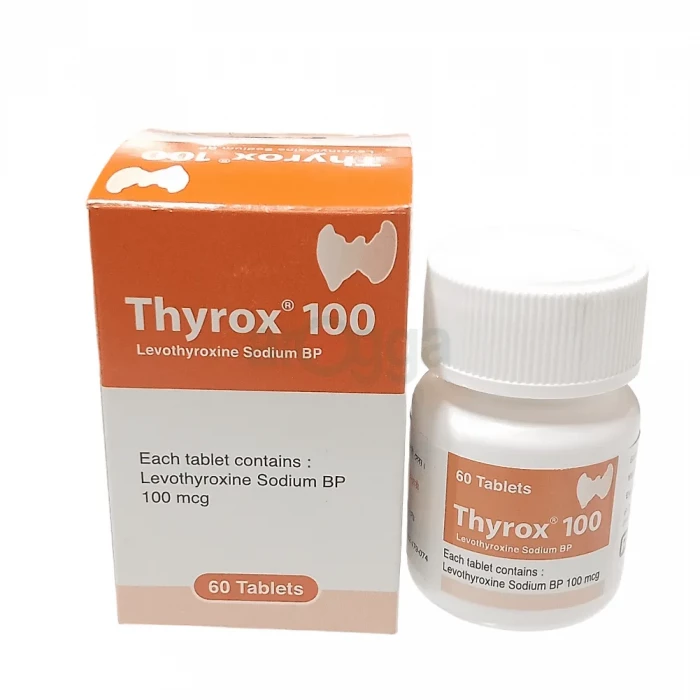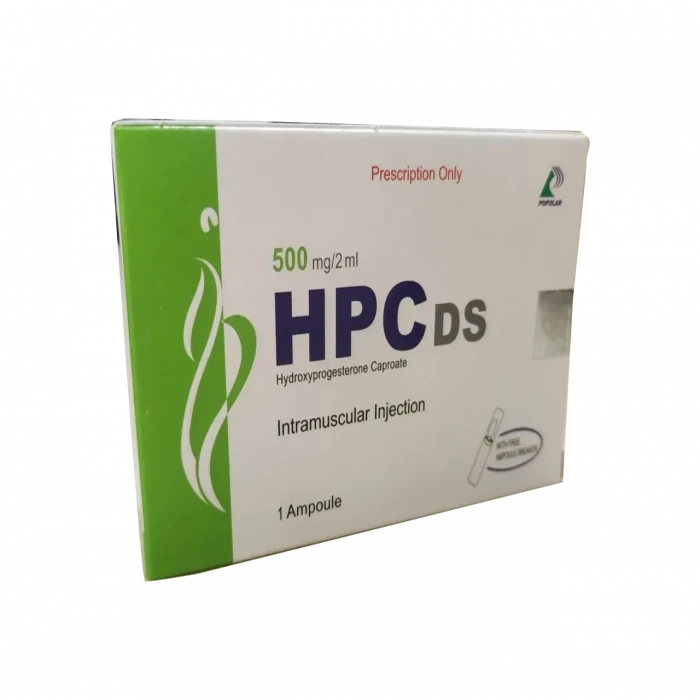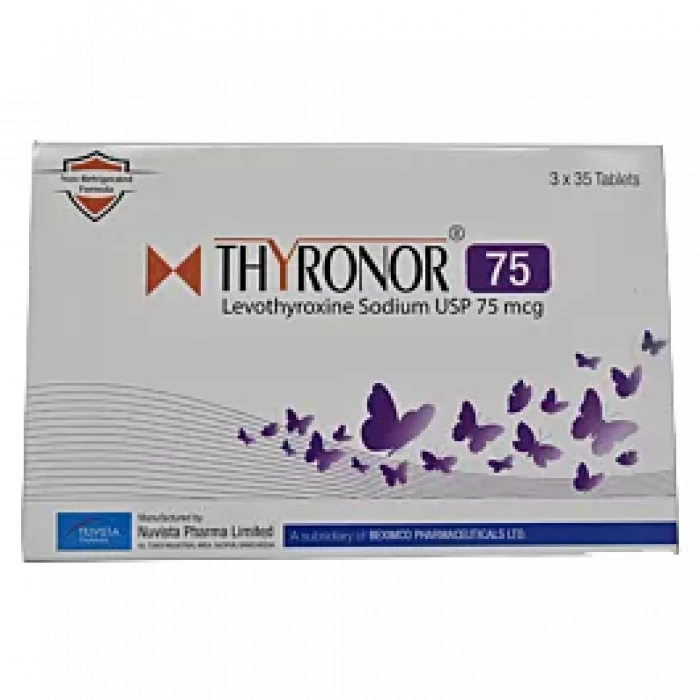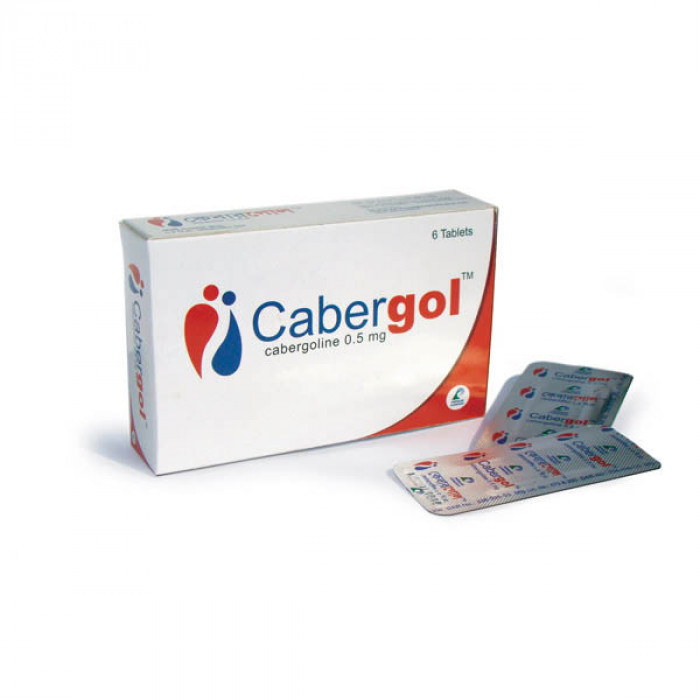
✔ 100% Authentic Product
👁️ Currently Viewing 3284
Cabergol 0.5mg 6pcs
Generic Name Cabergoline 0.5 mg
Manufacturer/Distributor: Popular Pharmaceuticals Ltd
Discount
Price: ৳ 456
MRP:
৳
480
5%
Off

100% Genuine Products, Guaranteed

Safe & Secure Payments, Always

Fast, Secure & Efficient Delivery

Proper Packaging
 Cash on Delivery - All over Bangladesh
Cash on Delivery - All over Bangladesh Regular Delivery - 12-24 Hours, Dhaka City* Charge Tk.39-59
Regular Delivery - 12-24 Hours, Dhaka City* Charge Tk.39-59 Regular Delivery - 24-48 Hours, Other Cities* Charge Tk.99-110
Regular Delivery - 24-48 Hours, Other Cities* Charge Tk.99-110
 ফ্রি ডেলিভারিঃ - ৯৯৯ টাকা+ অর্ডারে, ঢাকা
শহরে
ফ্রি ডেলিভারিঃ - ৯৯৯ টাকা+ অর্ডারে, ঢাকা
শহরে ফ্রি ডেলিভারিঃ - ২৯৯৯ টাকা+ অর্ডারে, ঢাকার
বাহিরে
ফ্রি ডেলিভারিঃ - ২৯৯৯ টাকা+ অর্ডারে, ঢাকার
বাহিরে
100% Genuine Products, Guaranteed
Safe & Secure Payments, Always
Fast, Secure & Efficient Delivery
Proper Packaging
 Cash on Delivery - All over Bangladesh
Cash on Delivery - All over Bangladesh Regular Delivery - 12-24 Hours, Dhaka City* Charge Tk.39-59
Regular Delivery - 12-24 Hours, Dhaka City* Charge Tk.39-59 Regular Delivery - 24-48 Hours, Other Cities* Charge Tk.99-110
Regular Delivery - 24-48 Hours, Other Cities* Charge Tk.99-110 ফ্রি ডেলিভারিঃ - ৯৯৯ টাকা+ অর্ডারে, ঢাকা
শহরে
ফ্রি ডেলিভারিঃ - ৯৯৯ টাকা+ অর্ডারে, ঢাকা
শহরে ফ্রি ডেলিভারিঃ - ২৯৯৯ টাকা+ অর্ডারে, ঢাকার
বাহিরে
ফ্রি ডেলিভারিঃ - ২৯৯৯ টাকা+ অর্ডারে, ঢাকার
বাহিরে
✅ Description:
Indications of Cabergol Tablet
It is indicated for the treatment of hyperprolactinemia disorders, whether idiopathic or due to pituitary adenomas. It is used to stop breast milk production (breastfeeding) shortly after childbirth, stillbirth, abortion, or miscarriage. It can also be used to treat other conditions caused by hormonal disturbances that can lead to high levels of prolactin production. This includes high levels of prolactin caused by pituitary tumors in both men and women.
Pharmacology of Cabergol Tablet
Cabergoline is a long-acting dopamine receptor agonist with a high affinity for the D2 receptor. It works by reducing the amount of prolactin secreted by the pituitary gland. The results of in vitro studies demonstrate that cabergoline has a direct inhibitory effect on prolactin secretion.
Dosage & Administration of Cabergol Tablet
The recommended dosage of Cabergoline Tablet for initiation of therapy is 0.25 mg twice a week. The dosage may be increased by 0.25 mg twice weekly up to a dosage of 1 mg twice a week according to the patient’s serum prolactin level. Before initiating treatment, cardiovascular evaluation should be performed and echocardiography should be considered to assess for valvular disease.
Dosage increases should not occur more rapidly than every 4 weeks. If the patient does not respond adequately, and no additional benefit is observed with higher doses, the lowest dose that achieved maximal response should be used, and other therapeutic approaches considered. Patients receiving long-term treatment with Cabergoline should undergo periodic assessments of their cardiac status and echocardiography should be considered.
After a normal serum prolactin level has been maintained for 6 months, Cabergoline may be discontinued, with periodic monitoring of the serum prolactin level to determine whether or when treatment with Cabergoline should be reinstituted.
To prevent milk production (lactation): 1 mg (two 0.5 mg tablets) on the first day after delivery.
To stop lactation once after the start of breastfeeding: 0.25 mg (one half of Cabergoline 0.5 mg tablet) every 12 hours for two days. To reduce prolactin levels in other conditions: Initially, 0.25 mg twice a week. The dose may be increased up to a maximum dose of 4.5 mg or until have responded fully to treatment.
Interactions of Cabergol Tablet
Cabergoline should not be administered concurrently with D2-antagonists, such as Phenothiazines, Butyrophenones, Thioxanthenes, or Metoclopramide, Chlorpromazine, Domperidone, and medicines to lower blood pressure.
Contraindications
The use of cabergoline tablets is contraindicated in patients with:
Uncontrolled hypertension or known hypersensitivity
History of valve disorders presenting with thickening of the leaflets
High blood pressure in pregnancy associated with swelling and may contain protein in urine
History of pulmonary, pericardial or retroperitoneal fibrosis severe mental illness and disorders.
Side Effects of Cabergol Tablet
According to reports, patients treated with dopamine agonists (including cabergoline) have reported cases of pathological gambling, increased libido, and hypersexuality. Generally, this can be reversed by reducing the dose or stopping treatment.
Pregnancy
Pregnancy category B. It is not known whether this drug is excreted in human milk.
Precautions
Initial doses greater than 1.0 mg may cause orthostatic hypotension. Caution should be exercised when taking Cabergoline with other drugs known to lower blood pressure, hypersensitivity, severe liver disease, and mental illness.
Storage Conditions
Store below 25° C. Keep away from light, and moisture & out of reach of children.
⚠️Disclaimer:
At ePharma, we’re committed to providing accurate and accessible health information. However, all content is intended for informational purposes only and should not replace medical advice from a qualified physician. Please consult your healthcare provider for personalized guidance. We aim to support, not substitute, the doctor-patient relationship.






